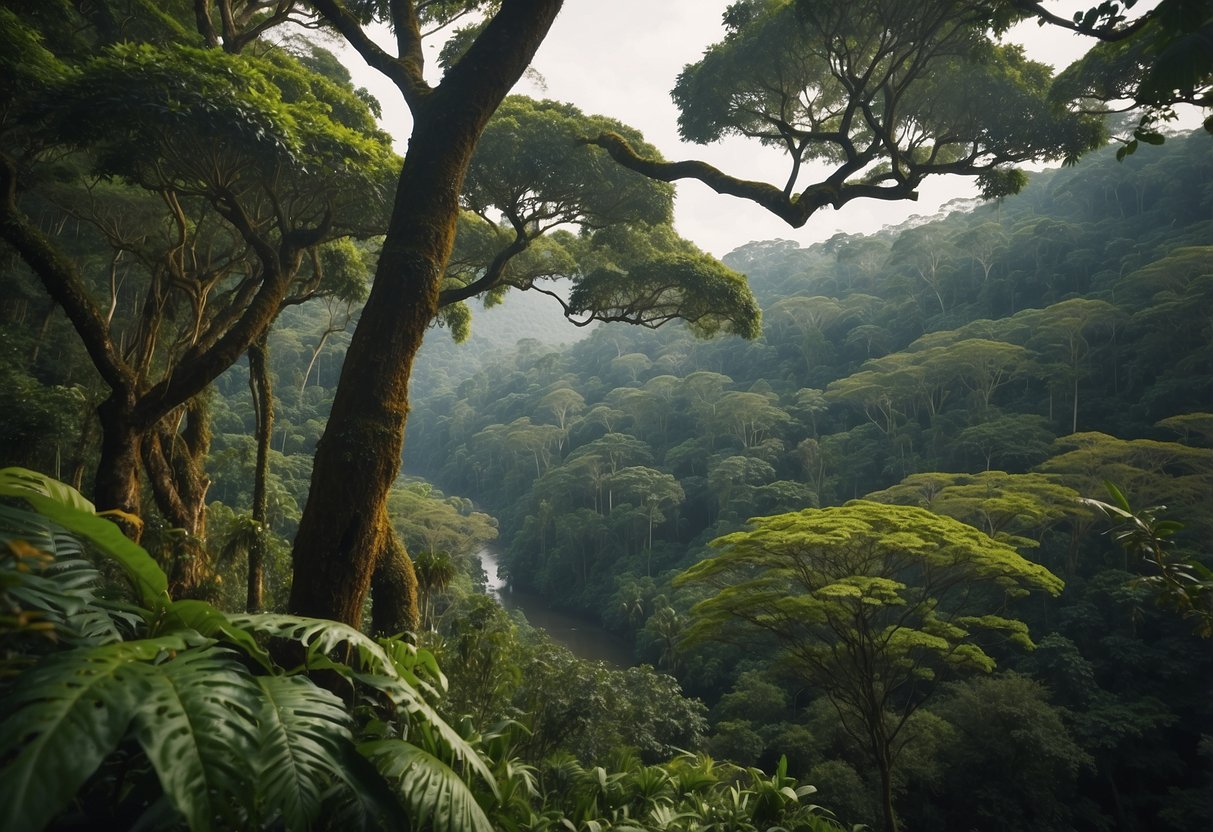
Embarking on a trek through the Amazon Rainforest offers a unique opportunity to connect with nature in one of the world’s most biodiverse ecosystems. Travelers will encounter a rich tapestry of flora and fauna, with many species found nowhere else on Earth. The lush canopy and winding rivers provide a stunning backdrop for an unforgettable adventure.
Preparation is crucial for a successful journey through this vast and often challenging terrain. Knowing what to pack, understanding the climate, and being aware of potential risks are essential steps. Guided tours led by experienced local guides can enhance safety and provide deeper insights into the rainforest’s wonders.
Navigating the Amazon also presents a chance to engage with local communities who call the rainforest home. Their knowledge and traditions offer valuable perspectives on sustainable living and conservation efforts. This cultural exchange enriches the trekking experience, adding layers of meaning and connection.
Preparing for Your Amazon Rainforest Trek
Before embarking on your trek through the Amazon Rainforest, it is crucial to prepare adequately. This involves gathering the right gear, understanding the challenging climate conditions, and being aware of essential health and safety practices.
Essential Gear and Packing Tips
Selecting appropriate gear and packing wisely are vital for a successful trek. Lightweight, moisture-wicking clothing is essential to keep cool and comfortable. Sturdy hiking boots are necessary to navigate the muddy and uneven terrain. Waterproof gear, including a rain jacket and backpack cover, is a must due to frequent rain showers. A high-quality mosquito net and insect repellent protect against insects.
A durable water bottle or hydration system ensures water supply in hot, humid conditions. Bringing a reliable map or GPS device helps in navigating dense forests. Trekking poles provide stability on slippery surfaces. Energy bars and compact food items are useful for sustenance during long hiking stretches. A first aid kit with basic medications addresses potential injuries and ailments. A headlamp or flashlight is essential for visibility during evening and early morning hikes.
Understanding the Climate and Weather Conditions
The Amazon Rainforest experiences a hot and humid climate throughout the year, with temperatures often exceeding 30 degrees Celsius. The wet season, typically from December to May, sees heavy rainfall and swollen rivers. Dry season months, from June to November, are slightly cooler but still humid, making it crucial to plan the itinerary with weather conditions in mind.
Humidity levels remain high year-round, often reaching between 80 to 90 percent. This can create a stifling environment, requiring regular water intake to prevent dehydration. Sudden rain showers are common, so waterproof gear remains necessary regardless of the season. Understanding these climatic challenges aids in planning daily activities and ensuring suitable clothing and gear.
Health and Safety Considerations
Health and safety are paramount when trekking through the Amazon Rainforest. It’s necessary to get vaccinated against diseases such as yellow fever and typhoid before the trip. Carrying anti-malarial medication and adhering to a regimen provides protection against malaria. Using insect repellent diligently reduces the risk of insect-borne diseases.
Staying hydrated helps prevent heat-related illnesses. It’s important to purify water using filtration devices or tablets to avoid waterborne diseases. Watching for poisonous plants and wildlife, and knowing basic first aid, are essential safety practices. Traveling with a knowledgeable guide enhances safety and ensures adherence to the proper trek route.
Selecting the Right Trekking Experience
Choosing the perfect trek through the Amazon Rainforest involves understanding the different types of excursions available and deciding between trekking agencies or private guides. Factors like location, duration, and level of comfort all come into play.
Differentiating Amazon Tours and Treks
Amazon tours generally offer a structured experience with fixed routes and schedules. They are often inclusive, providing amenities such as guided excursions, accommodations, and meals. These tours can range from budget-friendly options to high-end luxury packages. In Peru and Ecuador, many tours focus on areas accessible via the Amazon River, often including boat trips.
In contrast, treks are more focused on hiking and tend to be more physically demanding. They usually require a higher level of fitness and often provide a more immersive experience in the rainforest. Trekking in Brazil’s Amazon might involve longer periods in remote locations and less comfort compared to traditional tours.